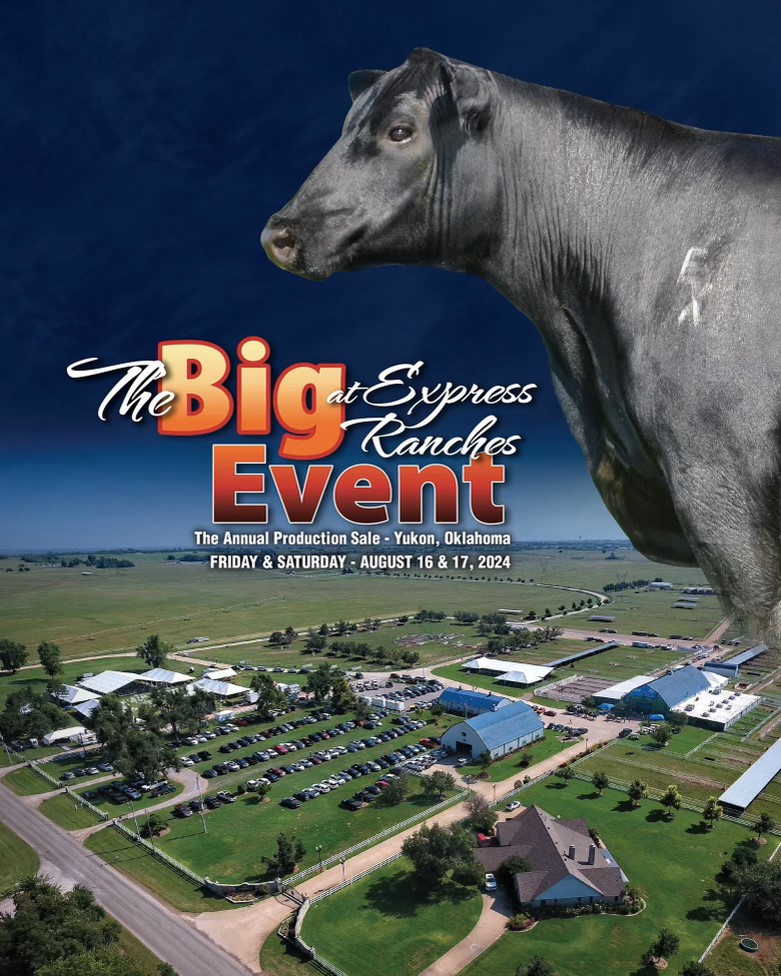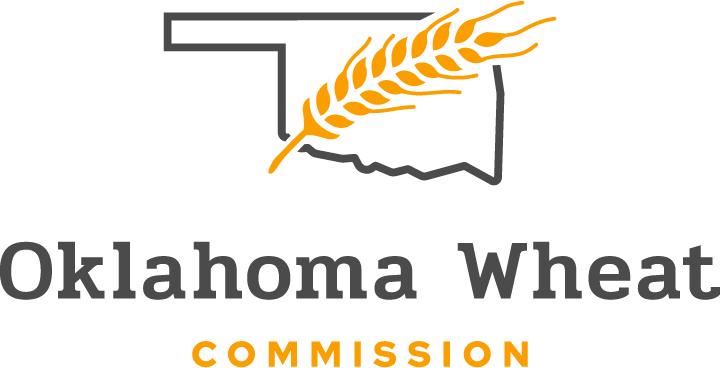
Agricultural News
Peel Responds to Mixed Start to 2015 Cattle Markets
Mon, 19 Jan 2015 11:36:32 CST

Derrell S. Peel, Oklahoma State University Extension Livestock Marketing Specialist, writes in the latest Cow/Calf Corner newsletter.
It's not uncommon for January to be a difficult time to assess cattle and beef markets. This year started with most cattle and beef markets near record levels and considerable uncertainty about what to expect in 2015. Beef markets in January are assessing post-holiday beef demand to determine beef movement during the holidays and demand in the New Year. The holidays typically cause some disruption in beef pipelines that must be replenished in January making it more difficult to assess underlying demand. Wholesale beef prices have been strong since the beginning of the year with Choice boxed beef increasing $16/cwt. to the highest levels since record levels last August before pulling back to $260/cwt. late last week. Cattle slaughter has been low so far in January and carcass weights, though still sharply higher than a year ago, are down from record levels late last year leading to reduced beef production. Winter weather in early January impacted feedlot performance and delayed fed marketings.
Fed cattle prices increased the first week of the year to over $170/cwt. before dropping back last week to $164/cwt. Cash fed cattle markets continue to be pressured by a sharp selloff in live cattle futures. Since the beginning of the year, February Live Cattle futures have dropped about $12/cwt. leaving the current February contract priced roughly $10/cwt. below current fed cash prices. While most agree that cattle futures are oversold, the futures weakness creates a sharp contrast to high feedlot breakevens, which will continue rising for another month or two. Feedlots are facing negative margins with cash prices lower than breakevens and even weaker Live Cattle futures contributing to moderate feeder cattle demand at this time.
Feeder cattle markets have been likewise pressured by continued fund liquidation in feeder futures. After filling in the gaps left by the pre-Christmas drop in the first week of January, Feeder futures have dropped sharply again with more selling pressure. Until longs in the futures market that want out are done selling, Feeder futures will remain weak. January is not a strong feeder demand time and the futures weakness has spilled over into cash feeder markets. As with Live Cattle futures, Feeder futures are oversold and are expected to recover going forward. Feeder market fundamentals have not changed and feeder supplies remain tight.
Moving into the last part of January the market situation should clarify somewhat and markets will be more likely to get back on the same page. New data in the form of the monthly Cattle on Feed report this week and the much anticipated annual Cattle report on January 30 will help sort out the supply situation for the near term and going forward this year. More winter storms this past weekend are most likely to impact demand and will add some uncertainty in the coming days. Winter weather typically adds uncertainty to both supply and demand this time of year and that potential will continue for several more weeks. The ongoing weakness in Live and Feeder Cattle futures markets, which is driven more by external factors, including sharply lower energy prices, is likely to pass in the near future and futures markets will likely revalue relative to cash market fundamentals. Beyond the mixed signals of January markets, 2015 cattle and beef markets are likely to be more about consolidating current market levels compared to the strong market uptrends of 2014. Tight supplies will continue to pressure cattle and beef supplies and may well lead yet to new record prices, but markets in 2015 are more likely to be more about maintaining current price levels than trending up.
WebReadyTM Powered by WireReady® NSI
Top Agricultural News
More Headlines...




















